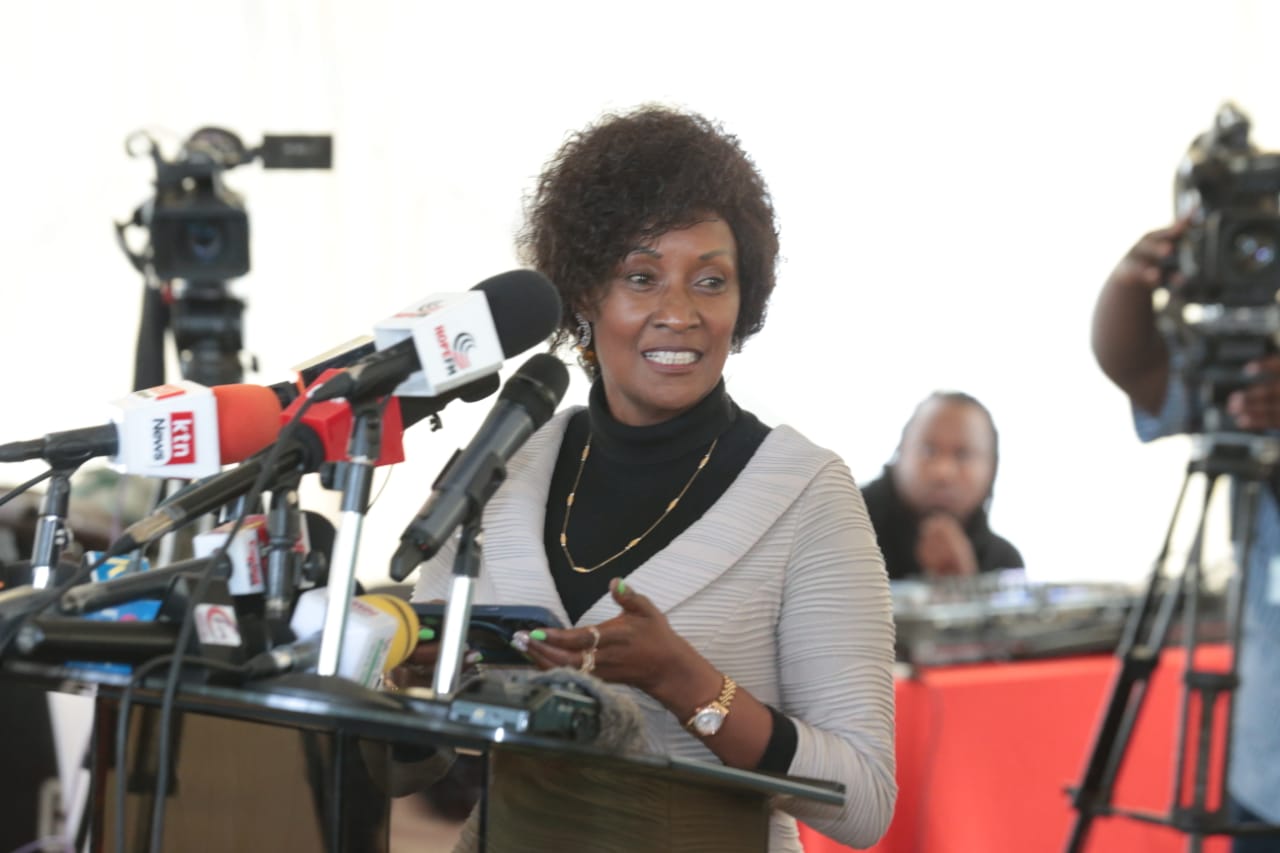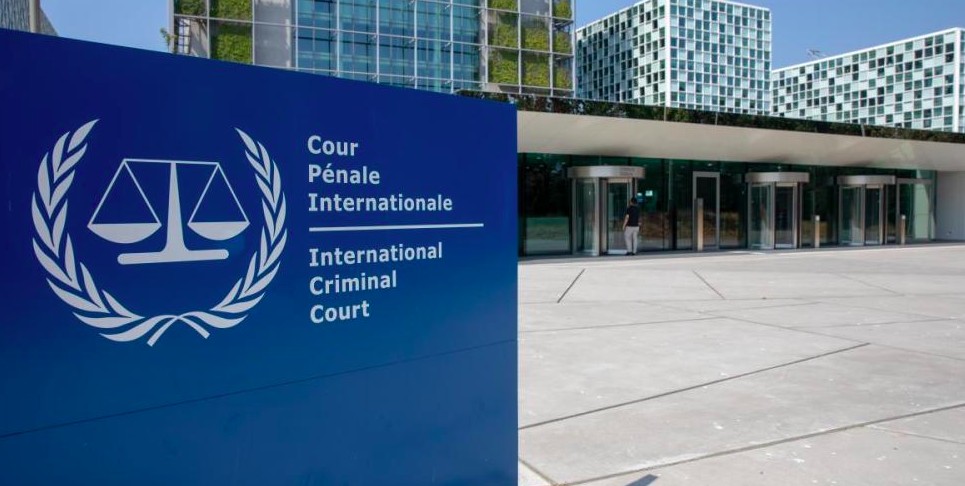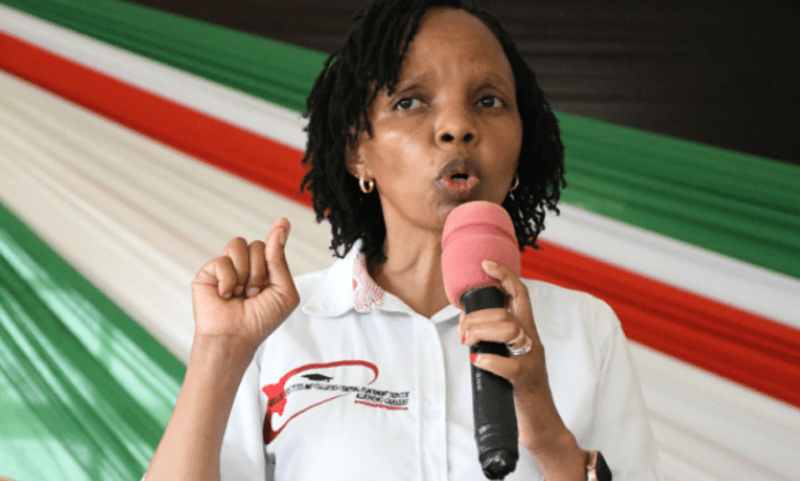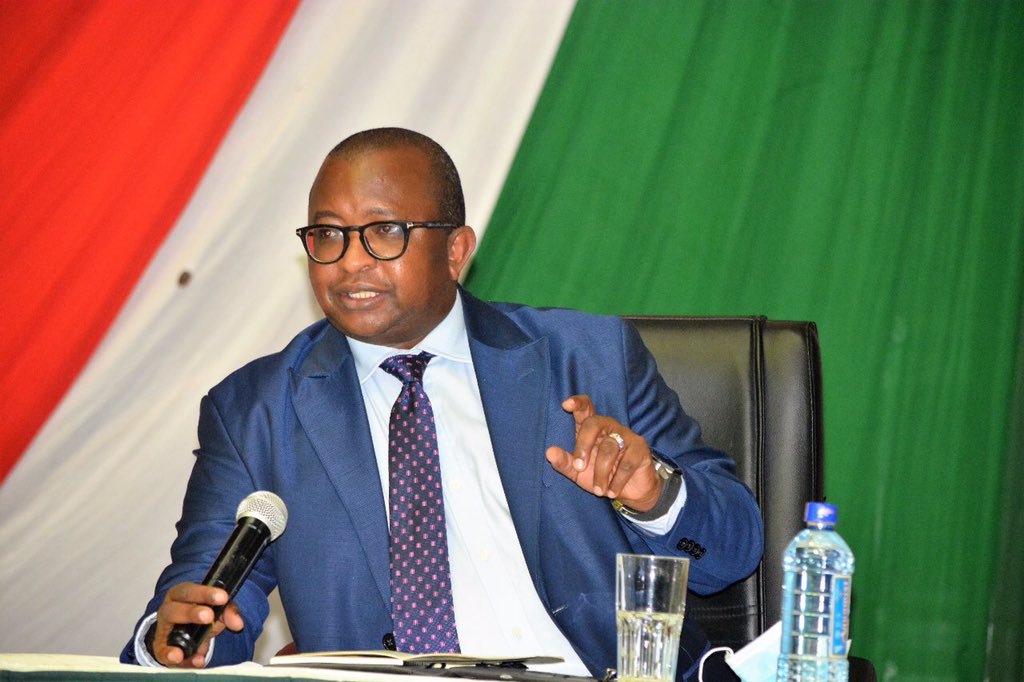TSC faces backlash from MPs over "skewed" teacher promotions

Machakos County topped the list with 690 promotions, contrasting sharply with Garissa’s 303, the lowest among all counties.
The Teacher Service Commission (TSC) recently released its list of 25,252 teachers who successfully secured promotions, revealing disparities across counties that have drawn scrutiny from lawmakers and education stakeholders.
Machakos County topped the list with 690 promotions, contrasting sharply with Garissa’s 303, the lowest among all counties.
More To Read
- TSC faces Sh5 billion shortfall as teacher promotions stall
- Teachers to stay in same schools after promotions under new TSC policy
- Kenya requires Sh72.8 billion annually to fill 100,000 teacher shortage - report
- Ruto announces recruitment of 24,000 more teachers by January to ease national shortage
- Teachers’ medical benefits expanded as SHA cover replaces Minet from December
- Teachers’ Unions demand clarity as TSC plans to move 400,000 educators to state health scheme
The data was submitted to the National Assembly Committee on Education following a request by lawmakers to scrutinise the promotions.
However, the numbers have triggered backlash, with questions raised over the criteria used to determine which teachers were promoted and how the slots were distributed across the country.
Lawmakers, led by Tinderet MP Julius Melly, sharply criticised the apparent uniformity in promotion distributions, suggesting deviations from historical practices and overlooking demographic realities.
Melly, who chairs the education committee, faulted the Commission for promoting some teachers multiple times while others have stagnated in the same job group for more than a decade.
“How do you promote someone three times in a row while others have been stuck in one job group for more than a decade?” he asked.
“This is not the first time we have received such complaints from teachers. The way this list was done, there’s no consideration for fairness. We must understand how the TSC arrived at these decisions.”
The National Assembly Committee on Education subsequently rejected the list and demanded that TSC provide a comprehensive explanation of its promotion criteria. The commission has until Thursday to respond to the concerns raised by the committee.
Appearing before the MPs, TSC Chief Executive Officer Nancy Macharia defended the commission’s approach, stating that the promotions were guided by regulatory frameworks that ensure fairness and consistency.
She cited the relevant policies, including Regulation 73 of the Code of Regulations for Teachers, the Career Progression Guidelines, and the Policy on Selection and Appointment of Institutional Administrators.
“Aligning promotion policies with legal and regulatory frameworks, the process strictly adheres to Regulation 73 of the Code of Regulations for Teachers, the Career Progression Guidelines and the Policy on Selection and Appointment of Institutional Administrators,” Macharia said.
Despite her defence, the process has been criticised by the Kenya Union of Post-Primary Education Teachers (Kuppet), which said the promotions unfairly favoured regions with fewer teachers at the expense of densely populated counties.
Moses Nthurima, the Acting Secretary-General of Kuppet, claimed the distribution ignored teacher population density and long-standing cases of stagnation.
He said many teachers who had worked in acting capacities for several years were left out, while some recently hired teachers were promoted in quick succession.
“Some regions have been disadvantaged. If the 25,000 slots were not divided proportionally, based on the number of teachers per county, it means counties with high teacher populations are suffering. Those who have stagnated in a job group for years have been left out,” Nthurima said.
According to TSC, a total of 5,291 teachers were promoted under affirmative action for the 2024/25 financial year. The affirmative action group included Isiolo, Lamu and Mandera counties, which received 282, 280, and 270 promotions, respectively.
On the other end of the spectrum, Kiambu had only 46 promotions, with Nairobi and Murang'a both with 63.
The promotions covered job groups ranging from C2 to D5. Grade C4 recorded the highest number of promotions at 8,508, followed by C5 at 5,425 and C3 at 4,971.
Other grades included D1 with 2,519 promotions, C2 with 1,445, and D3 with 1,410. At the higher levels, D2 had 799 promotions, D4 had 128, while only 47 teachers were promoted to D5.
Nthurima maintained that the process lacked fairness and said qualifications like tenure, performance, and experience were not considered consistently.
“The commission now says it considered age as well, but age has never been a primary factor. The key elements are years of service, duties performed, and performance in curricular and co-curricular activities,” he said.
He questioned why teachers who had served in acting capacities for long periods were repeatedly overlooked.
“Some teachers have served as deputies or principals for six or seven years and are still being left to serve in acting capacity, while others in less populated counties are being promoted,” Nthurima said.
The unionist also took issue with the Commission’s lack of consultation, stating that Kuppet had not been engaged during the planning or implementation of the promotions.
“We want to understand what informed such promotions. Unless there are hidden considerations, it is clear that many deserving teachers have been sidelined. We wrote to the commission, but it has never responded. It is like the commission does not engage unions. TSC believes unions are irrelevant,” he said.
Lawmakers and union officials now want future promotion exercises to adopt a more consultative approach, ensure accountability, and reflect both population dynamics and career stagnation challenges across regions.
Top Stories Today













































